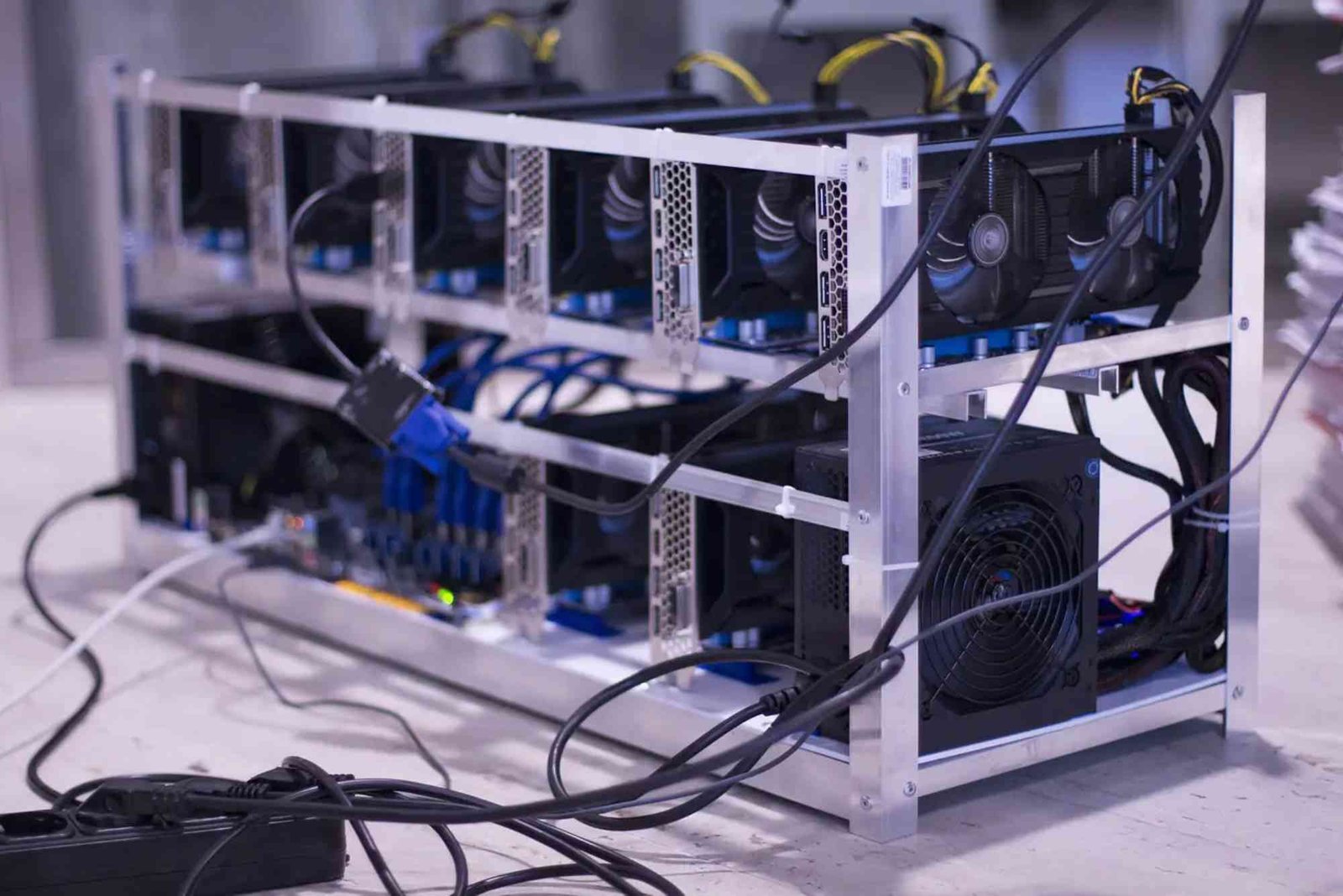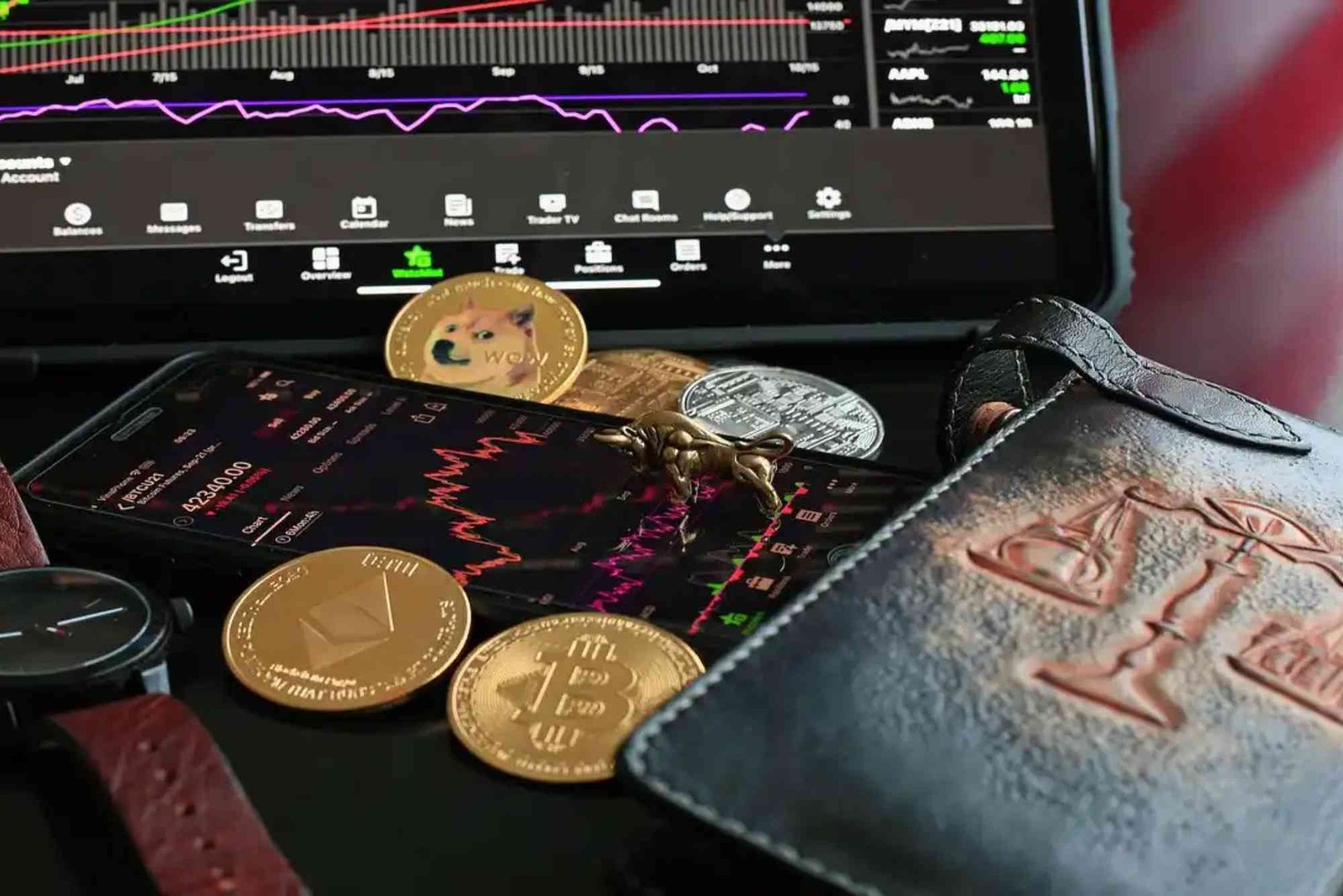Introduction
If you’ve ever wondered how to earn digital coins by using your computer, learning how to mine cryptocurrency solo is a great place to start. Solo mining lets you participate in verifying transactions and securing blockchain networks independently, without joining large mining pools. This approach can be challenging but also deeply rewarding if done right. In this guide to how to mine cryptocurrency solo, you’ll discover what solo mining is, how it works, what equipment you need, and practical steps to get started efficiently.
What Is Solo Mining and How Does It Work?
Solo mining refers to mining cryptocurrency by yourself rather than joining a pool of miners. In this process, your mining rig independently solves complex cryptographic puzzles to validate transactions on the blockchain. When successful, you receive the entire block reward and transaction fees. Unlike pooled mining, solo mining requires more computing power and patience since rewards are not shared or distributed among other miners.
When you mine solo, your computer connects directly to the blockchain network. You run a full node, download the entire blockchain, and handle all mining tasks locally. The chances of finding a block depend on your hash rate compared to the network’s total hash rate. While this makes solo mining harder for smaller setups, it also means higher rewards when you succeed.
Why Start Solo Mining?
Many beginners start solo mining to learn the cryptocurrency basics firsthand. It gives you a better understanding of blockchain technology, transaction verification, and the energy costs involved in mining. Moreover, it provides independence—you’re not relying on pool operators or sharing rewards. Solo mining also helps maintain decentralization within blockchain networks, making them more secure and democratic.
For those who prefer full control and transparency, solo mining is a great learning opportunity. You can experiment with configurations, measure hash performance, and optimize energy efficiency. However, beginners should be aware that success depends heavily on the type of cryptocurrency, mining difficulty, and equipment used.
Choosing the Right Cryptocurrency to Mine
Before diving in, it’s crucial to choose the right coin. Some cryptocurrencies are easier to mine solo because they have lower difficulty levels or are designed to be mined with regular GPUs or CPUs. Bitcoin, for example, has become extremely difficult to mine solo due to high competition and powerful ASIC miners dominating the network.
Instead, beginners can focus on altcoins like Litecoin, Monero, or Ethereum Classic. These coins still offer opportunities for solo miners. Monero is especially known for being CPU-friendly, while Litecoin works well with GPU or ASIC setups. When selecting a coin, consider factors like:
-
Block reward and halving schedule
-
Network difficulty and hash rate
-
Energy consumption per block
-
Market value and liquidity
You can use profitability calculators to estimate potential returns based on your hardware specifications. This helps you set realistic expectations and choose a coin that aligns with your resources.
Setting Up Your Solo Mining Rig
Choosing the Right Hardware
Your mining rig determines your success in solo mining. Depending on the cryptocurrency you choose, you’ll need specific hardware:
-
ASIC Miners: Ideal for coins like Bitcoin or Litecoin. They offer high hash rates but consume more electricity.
-
GPU Rigs: Perfect for mining altcoins like Ethereum Classic. GPUs are flexible and allow you to mine different coins.
-
CPU Miners: Best for low-difficulty coins such as Monero, though they generate smaller rewards.
Focus on balancing power consumption, cooling, and performance. Efficient mining rigs reduce electricity costs and extend hardware lifespan.
Installing Software and Wallets
Once your hardware is ready, you’ll need mining software compatible with your chosen cryptocurrency. Common mining software includes CGMiner, BFGMiner, and XMRig. After installing the software, configure it with your wallet address and network settings. You’ll also need to run a full node to connect directly to the blockchain network.
Create a secure wallet for storing mined coins. Hardware wallets such as Ledger or Trezor are recommended because they offer strong security features and offline storage.
Configuring Your Mining Setup
Setting up your mining configuration involves choosing the right mining algorithm, adjusting power settings, and monitoring temperature levels. Keep your rig in a cool, ventilated environment to prevent overheating. Use monitoring tools to track performance and detect potential issues. Regular maintenance ensures stable and efficient mining.
Network Connection and Blockchain Synchronization
Solo mining requires you to download and maintain the entire blockchain, which can take several days depending on its size. This step is crucial because your mining software interacts with this local blockchain copy to verify transactions.
Make sure your internet connection is stable and fast enough to handle large data transfers. Uninterrupted connectivity ensures your node remains synchronized with the network and capable of finding valid blocks.
Calculating Profitability and Energy Costs
Profitability depends on three main factors: hardware efficiency, electricity costs, and network difficulty. Mining calculators can help estimate daily or monthly earnings. Input your hash rate, power consumption, and energy price to see potential returns.
If your local electricity rates are high, consider renewable energy sources like solar panels to reduce costs. Some miners even relocate their rigs to areas with cheaper power rates. Monitoring your expenses helps determine whether solo mining is financially viable in the long run.
Common Challenges in Solo Mining
Solo mining has its difficulties. The primary challenge is the unpredictability of finding blocks. You might mine for weeks without rewards, especially in high-difficulty networks. Hardware failures and overheating can also interrupt your progress.
Another common issue is rising network competition. As more miners join, the network’s total hash rate increases, reducing your chances of finding blocks. Regularly updating your software and optimizing settings helps you stay competitive.
Cybersecurity is also critical. Always secure your mining wallet and system against malware, phishing, or unauthorized access. Using firewalls, VPNs, and strong passwords ensures your digital assets remain safe.
Best Practices for Successful Solo Mining
-
Start Small: Begin with a modest setup to learn the process before investing heavily.
-
Monitor Regularly: Use performance tracking tools to monitor hash rates and temperatures.
-
Update Software: Keep your mining software and firmware updated for efficiency.
-
Optimize Cooling: Proper ventilation reduces overheating and extends hardware life.
-
Join Communities: Engage with online mining forums to stay informed and troubleshoot issues.
Adopting these habits helps maintain consistent performance and maximize your chances of earning rewards.
Understanding the Future of Solo Mining
As blockchain networks evolve, solo mining faces new challenges and opportunities. Some cryptocurrencies are shifting toward proof-of-stake (PoS) systems, which rely on staking rather than computing power. However, coins like Monero and Litecoin continue to support proof-of-work mining, keeping solo opportunities alive.
Advancements in mining hardware and energy efficiency will also shape the future of mining. Cloud-based mining and hybrid approaches are gaining popularity, allowing miners to access remote servers without managing hardware. Still, for enthusiasts who prefer hands-on control, solo mining remains an exciting and educational pursuit.
Start Your Solo Mining Journey Today
Learning how to mine cryptocurrency solo is a valuable step toward understanding blockchain technology and digital finance. While it comes with challenges, it also provides a sense of independence and accomplishment. With the right setup, strategy, and patience, solo mining can be both educational and potentially rewarding.
If you’re ready to explore the world of solo mining in more depth, check out this comprehensive guide to how to mine cryptocurrency solo. For those just starting out, understanding cryptocurrency basics and the basics of cryptocurrency will help you build a strong foundation for your mining journey.
FAQs
Is solo mining still profitable in 2025?
Solo mining can still be profitable, but it depends on your hardware, electricity rates, and the cryptocurrency’s network difficulty. Smaller altcoins often offer better returns for solo miners.
How long does it take to mine one block solo?
The time varies depending on your hash rate and network competition. For example, with a strong rig, it might take days or weeks to find a single block on a moderate network.
Can I mine Bitcoin solo with a regular computer?
Mining Bitcoin solo using a regular computer is nearly impossible today. The network difficulty is too high, and ASIC miners dominate the field. Beginners should start with altcoins.
What’s the best coin to mine solo right now?
Coins like Monero, Litecoin, and Ethereum Classic remain good choices due to their balance between difficulty and reward potential.
Do I need to pay taxes on mined cryptocurrency?
Yes. Most countries classify mined cryptocurrency as taxable income. It’s essential to keep records of mined coins and report them according to your local tax laws.




